Today when I read the part of Moving the Light in Texel-Sized Increments in the msdn document Common Techniques to Improve Shadow Depth Maps to try to solve the problem of shadow map shimmering, I cannot under the meaning of the variable fCascadeBound here.
FLOAT fWorldUnitsPerTexel = fCascadeBound /
(float)m_CopyOfCascadeConfig.m_iBufferSize;
vWorldUnitsPerTexel = XMVectorSet( fWorldUnitsPerTexel, fWorldUnitsPerTexel, 0.0f, 0.0f );
What is the cascade bound? Why the texel-size increment can be computed like this? I hope anyone can explain it to me.
